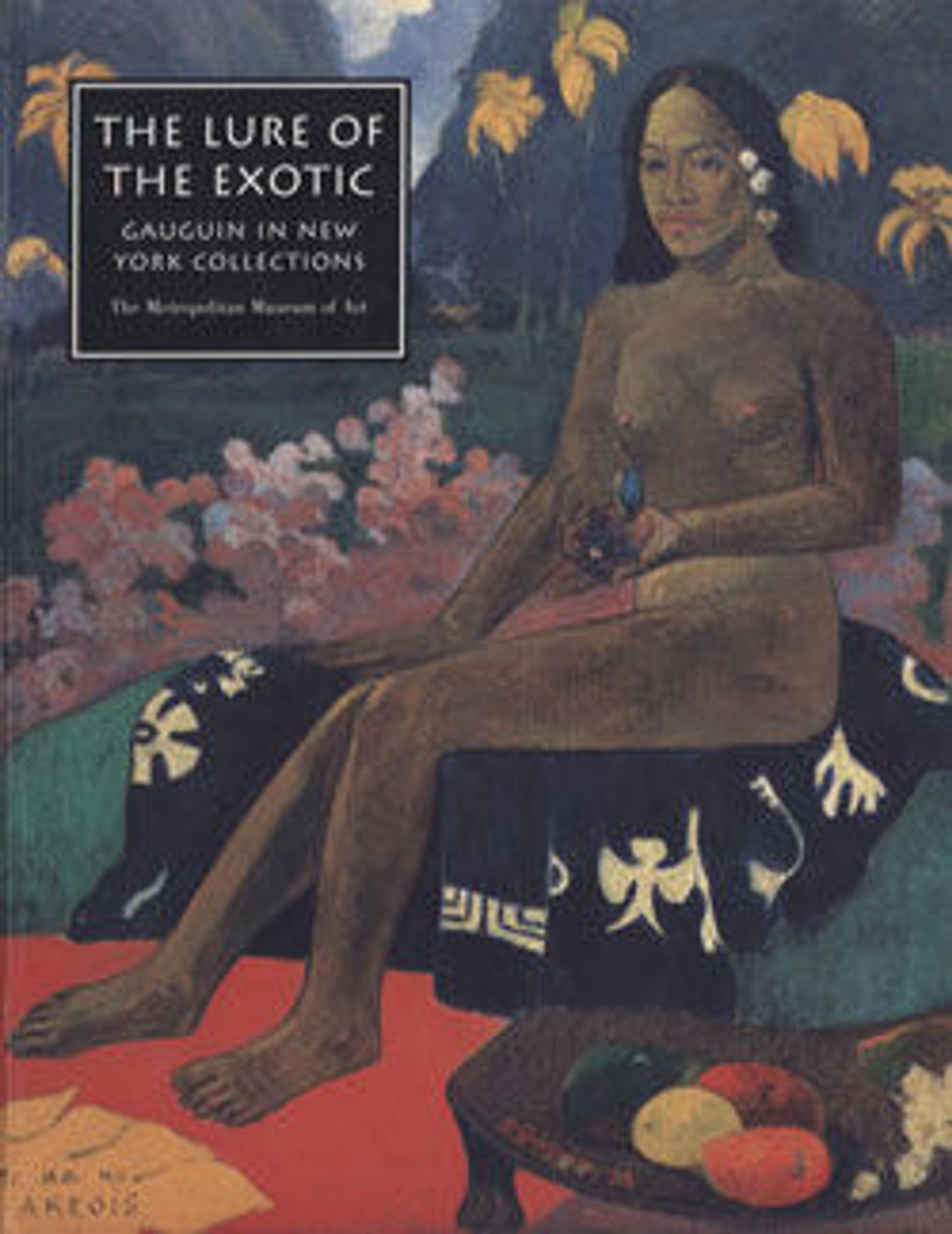Madonna and Child with Saints
Painted in about 1520 for the Augustinian church of San Leonardo nel Monte outside Verona, the picture was described at length by the sixteenth-century biographer Giorgio Vasari, who especially admired the landscape and enormous laurel tree. While the Madonna and Child reflect the work of Andrea Mantegna, the distant hill crowned with a fortress and the dead tree are taken over directly from Dürer's well-known engraving of Saint Eustace. The juxtaposition of the dead tree with the flourishing laurel refers to Death and Resurrection, while the peacock is a traditional symbol of immortality.
A versatile artist, Girolamo dai Libri was equally famous as an illuminator of books, whence his name dai Libri ("of the books"). Of modern manufacture, the frame is based on Renaissance prototypes.
Artwork Details
- Title:Madonna and Child with Saints
- Artist:Girolamo dai Libri (Italian, Verona 1474–1555 Verona)
- Date:ca. 1520
- Medium:Tempera and oil on canvas
- Dimensions:Arched top, 157 x 81 1/2 in. (398.8 x 207 cm)
- Classification:Paintings
- Credit Line:Fletcher Fund, 1920
- Object Number:20.92
- Curatorial Department: European Paintings
Audio
27. Music: Madonna and Child, Girolamo dai Libri
Listen to the musical instrument featured in this painting
The angel in the foreground of this painting is playing a vihuela da mano. This instrument bears some resemblance to the lute but really has more in common with the guitar. It was used most often in sixteenth century Spanish music. On occasion, it’s also encountered in Italy, as it is in this painting by the Veronese artist Girolamo dai Libri. The following composition is by Luys Milan, from El Maestro, his widely distributed collection of music for the vihuela da mano. Milan was the most notable composer of music for this instrument.
More Artwork
Research Resources
The Met provides unparalleled resources for research and welcomes an international community of students and scholars. The Met's Open Access API is where creators and researchers can connect to the The Met collection. Open Access data and public domain images are available for unrestricted commercial and noncommercial use without permission or fee.
To request images under copyright and other restrictions, please use this Image Request form.
Feedback
We continue to research and examine historical and cultural context for objects in The Met collection. If you have comments or questions about this object record, please contact us using the form below. The Museum looks forward to receiving your comments.
